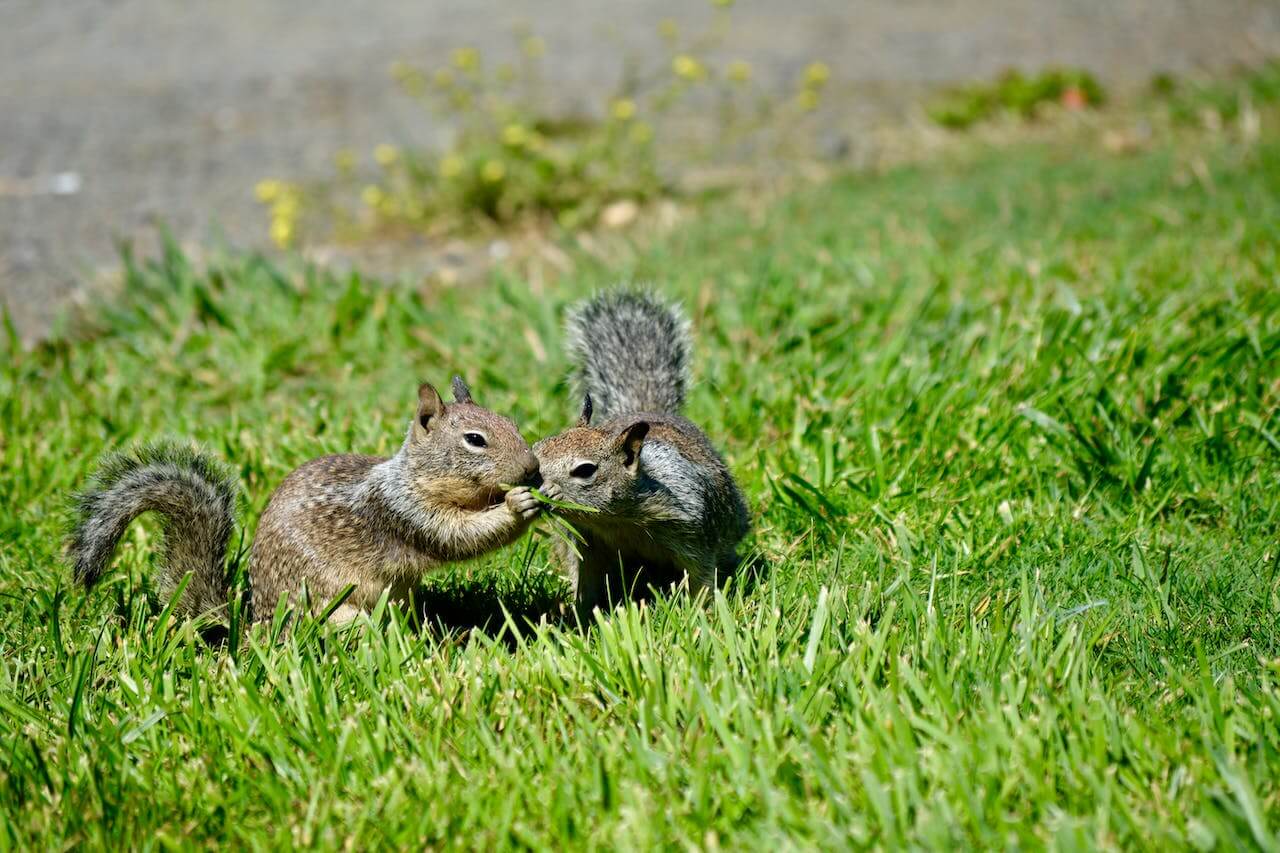
The Pacific Northwest is teeming with all sorts of different wildlife and stunning landscapes. And while we’re fortunate to be surrounded by a diverse ecosystem, sometimes, wildlife can become unwanted visitors. Join Interstate Pest Management as we explore the hierarchy of nuisance wildlife, providing insights into how to protect your Portland-area home and property from these uninvited guests.
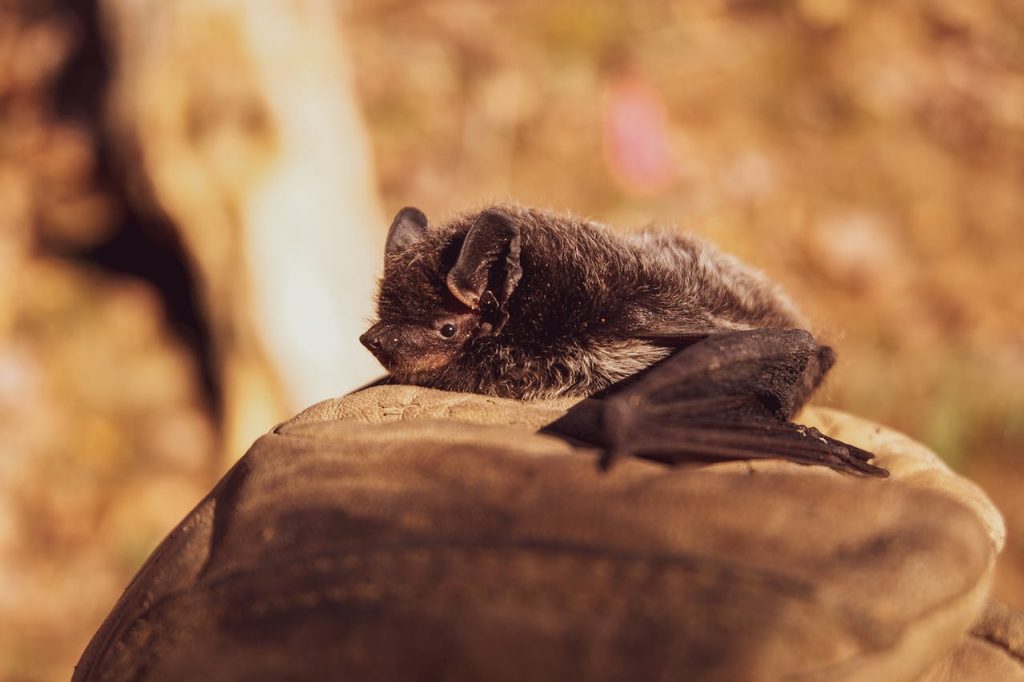
#6: Bats
Bats are beneficial as they prey on night-flying pests (e.g. mosquitoes and termites) but may become unwanted guests indoors. They are on our list due to potential rabies transmission. Threats to their population include white-nose syndrome, wind energy, habitat loss, and climate change.
- Damage by bats is minimal, and they won’t harm structures. However, they can be noisy, and their droppings are smelly and offensive.
- In the Pacific Northwest, rabies is possible, so ensure pet vaccinations and avoid direct bat contact without gloves.
- Suspected exposure warrants contacting the local Department of Health promptly.
How to get rid of bats
Bats are considered a protected species, so the best way to get rid of bats is by practicing exclusion. You can either hire a professional wildlife damage control company with bat exclusion expertise or do it yourself, though that’s not recommended. For attics with long-standing bat roosts and accumulated droppings, it’s safer to seek professional assistance to avoid any risk of Histoplasma, a fungus that can grow in bat feces (guano).
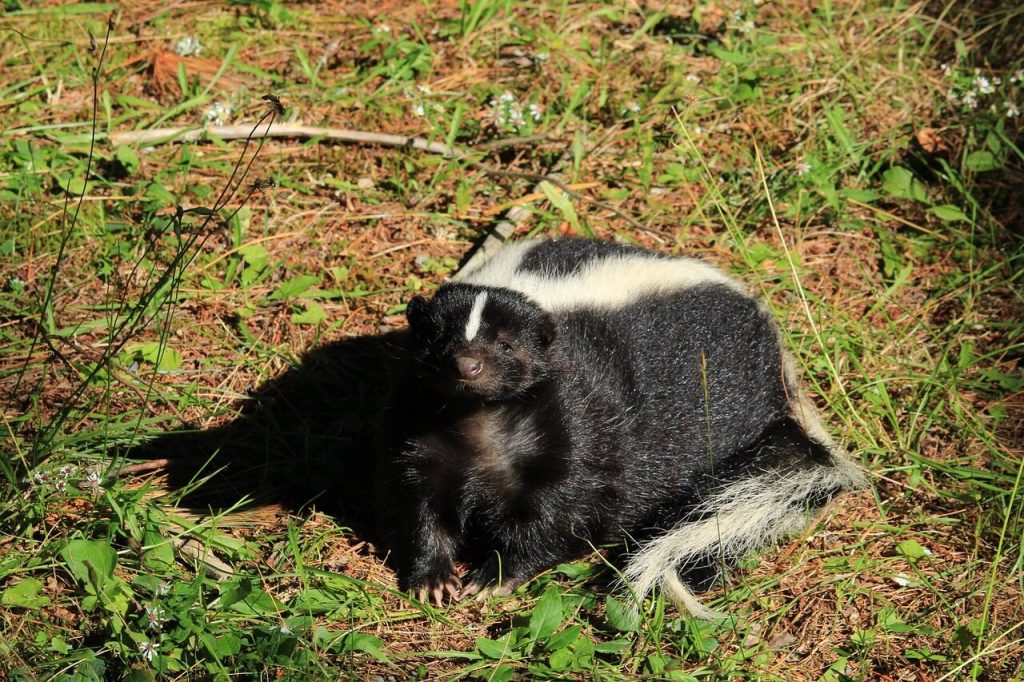
#5: Skunks
While skunks can stink, quite literally, they are ranked fifth on our list because they’re generally mild-tempered, nocturnal creatures. They spray when scared, mainly affecting dogs. They can disrupt gardens and create holes, but usually won’t enter homes. Skunks can carry diseases and parasites but haven’t been recently reported to have rabies in the Pacific Northwest, according to the CDC.
How to keep skunks out of your yard
While skunks aren’t usually dangerous, you definitely don’t want them hanging out on your property for long. To prevent skunks, modify your property and avoid attracting them with these tips:
- Secure trash cans with tight lids.
- Use airtight containers for pet food and birdseed.
- Feed pets indoors.
- Address other pest problems to deter skunks.
- Remove potential den sites like wood and rock piles.
- Seal gaps in your home’s foundation.
- Install dig-resistant fences around your property.
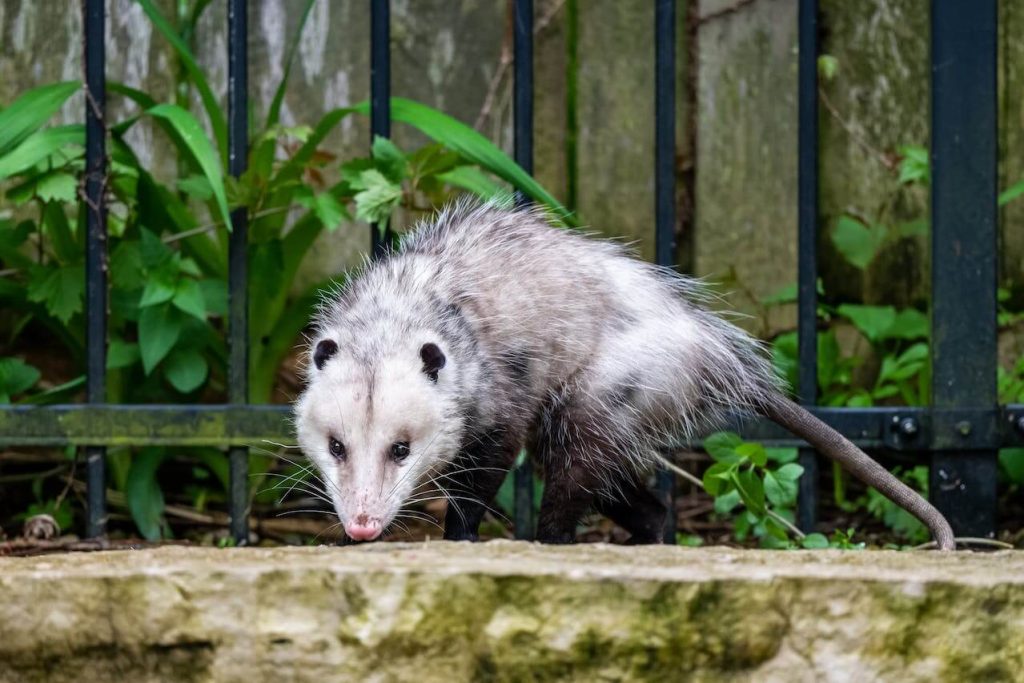
#4: Opossums
Non-native to the Pacific Northwest, opossums are considered invasive but typically avoid confrontation. They may growl, hiss, or “play possum” when threatened, and aren’t dangerous if left undisturbed. However, they rank fourth due to their potential to enter homes and make nests in attics, crawl spaces, or walls. While opossums don’t carry rabies, they can carry diseases like leptospirosis, tuberculosis, and parasites, posing risks to humans and pets.
How to keep opossums away from your home or yard
Dealing with opossums in the Longview, WA area? Here are some opossum prevention tips:
- Avoid feeding them.
- Secure garbage cans.
- Keep pets indoors at night.
- Safeguard outdoor compost areas.
- Maintain a clean grill and outdoor barbecue area.
- Seal potential entry points like chimneys, attics, and understructures.
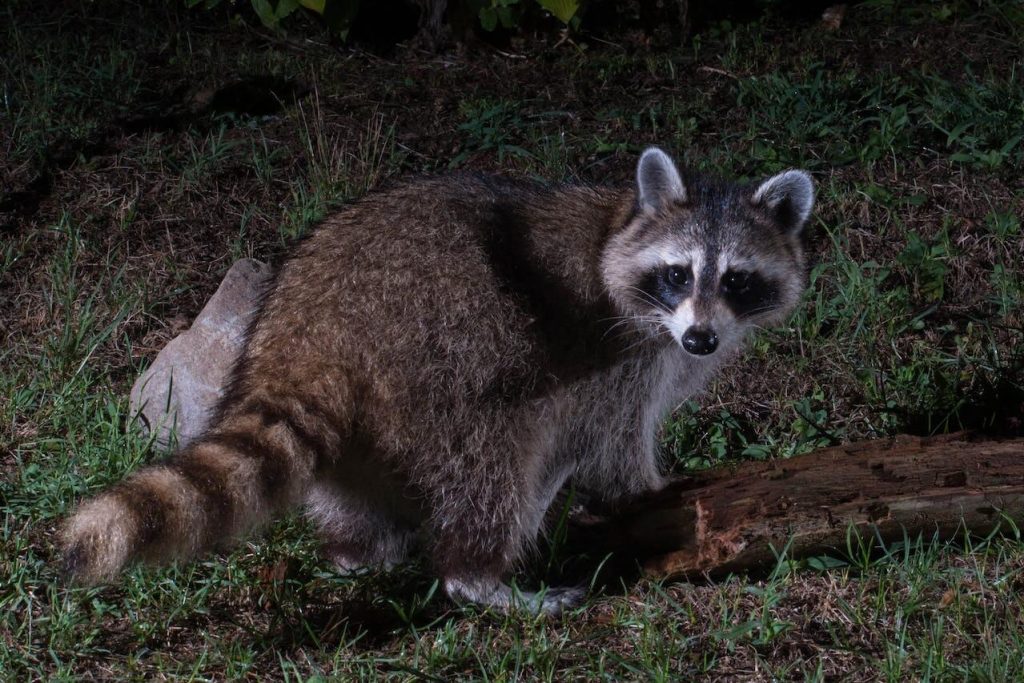
#3: Raccoons
Raccoons, the third-ranking nuisance wildlife on the list, are very common in urban areas. They are attracted by the abundance of food and a lack of predators. The common raccoon is prevalent in our region, known for its distinctive features, including a ringed tail and a black mask-like pattern around its eyes. Here is what you need to know about them:
- While generally not dangerous, raccoons may attack when threatened due to sharp teeth and claws.
- Though rare in the region, raccoons can carry rabies, posing a risk to humans and pets.
- Raccoons may transmit infections through fur, saliva, and waste, including potentially fatal parasites in their droppings.
- They can live in various areas, causing property damage with their strong teeth and claws, like attics, crawl spaces, and under porches.
- Raccoon damage may include rummaged garbage cans, missing pet food, broken vents, and scratches near downspouts.
How to keep raccoons away from your home
To deter raccoons, make your home less appealing with these raccoon prevention tips:
- Avoid feeding raccoons.
- Secure garbage can lids.
- Keep pets indoors at night.
- Seal off access to chimneys, attics, and understructures.
- Feed pets indoors when you can.
- Safeguard compost containers.
- Protect poultry coops and nests.
- Fence orchards and gardens.
- Use barriers on trees and structures to deter climbing.
- Clean up outdoor food areas, including grills and barbecue spots.
How to get rid of raccoons
It’s illegal in Oregon and Washington to trap and relocate raccoons without a permit. Relocated raccoons are soon replaced by others. That’s why it’s best to remove or modify whatever is attracting them specifically to your yard. Contact a local, licensed wildlife removal company for assistance.
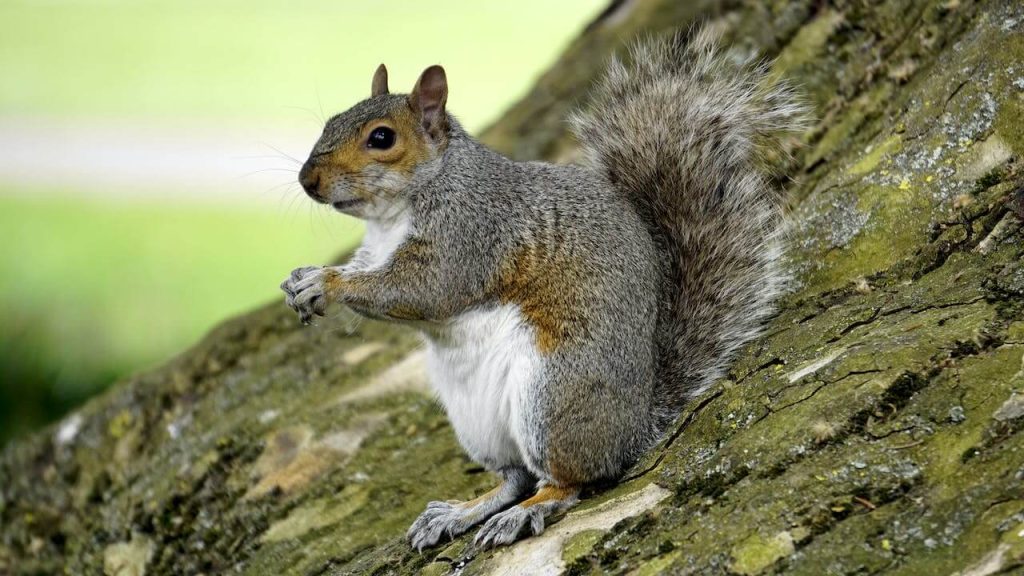
#2: Squirrels
Squirrels rank second on our list due to their speed, ability to fit into small spaces, and potential to create nuisances and damage in your home. Important squirrel facts:
- They may bite or attack if you disturb their nest, especially if young are present.
- Squirrels don’t carry rabies but can host harmful parasites like fleas and ticks.
- Their chewing on insulation, wood, ducts, and wiring can pose fire hazards.
- Infestations lead to damage, droppings, and odors.
- Managing squirrel infestations is challenging, with signs such as unusual noises, unpleasant odors, gnawing or scratching marks, and squirrel droppings.
How to keep squirrels out of your home, especially your attic
Squirrels like to enter your home through the attic. Here are tips for keeping squirrels out of your home, especially when temperatures drop and they’re searching for a warm place to live:
- Trim tree branches and shrubs around your home.
- Eliminating food sources.
- Seal entry points around your home.
- Keep them away from your bird feeders.
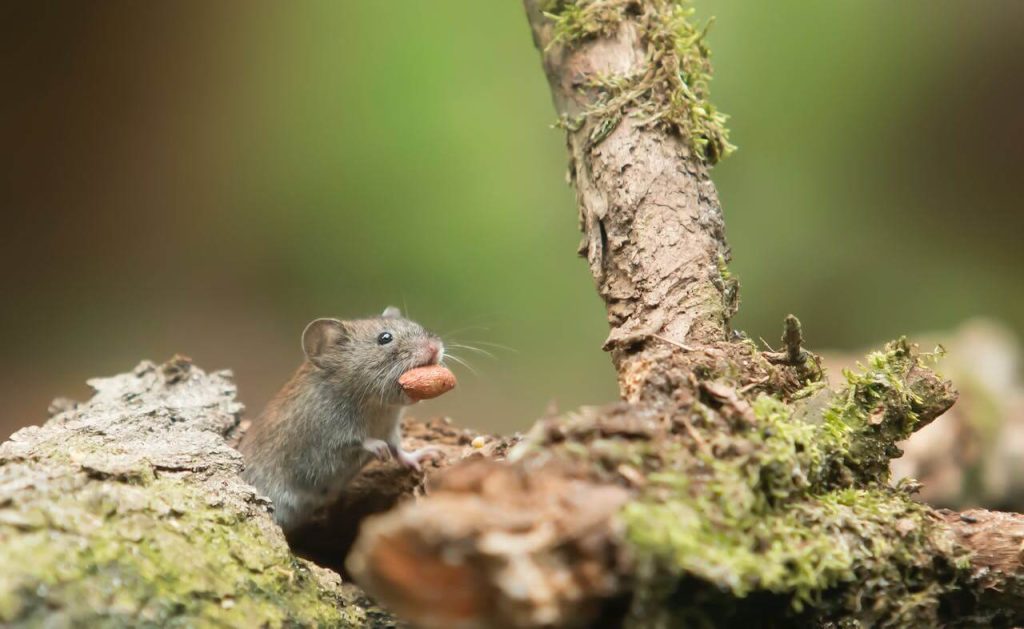
#1: Rodents
Rodents, including house mice, Norway rats, and roof rats, top our list for their potential problems. They can spread diseases like hantavirus, leptospirosis, plague, and Tularemia to humans and pets. They cause various damages, including clothing, wood, paper products, insulation, and furniture. Rodents may also chew electrical wiring and gas lines, posing fire risks. House mice reproduce quickly, with one female capable of having up to 35 babies per year.
How to keep rodents out
Rodents can get into your home through the tiniest of spaces, and once they’re inside they’re hard to get rid of. The best way to protect against a rodent infestation is to avoid one in the first place. Here are some rodent prevention tips:
- Seal entry points
- Clean up food sources
- Eliminate potential nesting sites like leaf piles and deep mulch from your property.
How to get rid of rodents
DIY rodent control doesn’t usually work Here’s why:
- It doesn’t actually save you money because it’s less efficient and more costly in the long term.
- Identifying the specific rodent issue can be challenging, leading to ongoing expenses in testing various baits and treatments.
- Traps and poison can be dangerous and messy for you, your children, and your pets.
Professional rodent removal services can help with rodent exclusion, control, and prevention.
Call the professionals for wildlife exclusion and removal
When it comes to wildlife exclusion and removal services, it’s always best to call a professional. In some cases, it’s actually illegal to trap, kill, or relocate certain species of wildlife yourself without a license or permit. Don’t make a mistake. Find fast and humane wildlife trapping and removal service providers near you!